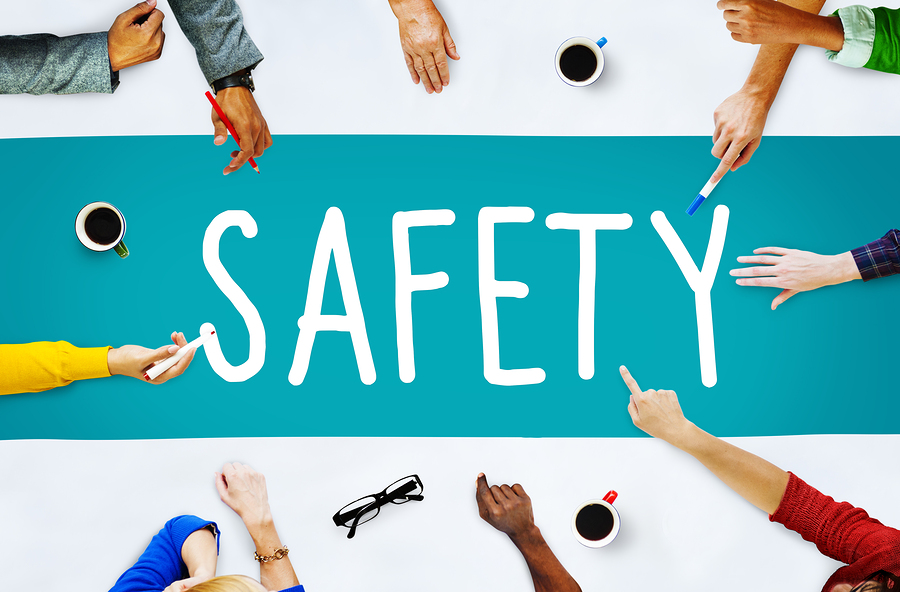An average of 20 workers are killed each week on the job, making homicide the second leading cause of death at the workplace (after motor vehicle accidents). Additionally, an estimated million workers are non-fatally assaulted each year, according to data from the National Institute for Occupational Safety and Health, a division of the U.S. Centers for Disease Control and Prevention. Though the vast majority of workplace violence is related to robbery and perpetrated by individuals from outside a business, about nine percent involves co-workers or former employees.
Workplace violence committed by current or former employees has a devastating impact on a business and its employees. While the real and immediate injury to the victim(s) delivers the biggest blow, the business itself may suffer bad publicity and, likely, an expensive lawsuit. Regardless of whether or not workers who were not involved in the incident witnessed the event, many are likely to experience emotional after-effects.
What are the causes of workplace violence?
According to a guide published by the Minnesota Department of Labor & Industry, workplace violence can occur at any business, because the business environment is not the only trigger of brutal incidents. Family stress, substance abuse issues, and an employee’s overall psychological status, can carry into the workplace and provoke an incident of violence. Other situations that can lead to tragedy include an employee developing an unrequited crush on a co-worker, being rejected for a promotion, or feeling they are treated unjustly by a supervisor. In some cases, an individual cannot appropriately handle the resulting feelings of rejection. The pressure to produce and/or fear of layoffs can also trigger violence in an unbalanced employee.
An analysis by USA Today of 224 incidents of workplace violence committed by employees concluded that, in eighty percent of cases, the employee had exhibited clear warning signs of possible violence, which were ignored or minimized by supervisors or co-workers. While some red flags of violence are clear-such as wielding a weapon or making verbal threats-others are less obvious. Experts in the field urge caution when the following behaviors are present –
- continuous complaints of unjust treatment;
- inability or unwillingness to be held accountable, as well as the need to place blame upon others;
- difficulty in accepting criticism;
- deterioration of job performance;
- mood swings or personality/behavioral changes; and
- emotional outbursts
Although workplace violence, unfortunately, cannot be completely eliminated, businesses can take action to lessen the chances that an incident will take place. Supervisors, managers and all other employees, should be made aware of actions and attitudes that can indicate potential violence. Companies need to make it perfectly clear that non-physical precursors to violence-such as bullying, intimidation, aggression, and threats-will not be tolerated. Policies should also encourage employees to report such red flags, with reasonable assurance of their personal safety. Managers and supervisors require training in how to effectively diffuse workplace tensions and deal with confrontations before they turn violent. Employee assistance programs (EAPs) or other counseling services can be helpful in taking these steps.
While people can and do change, many perpetrators of violence have a history of brutality, or of red flags for potential violence. For this reason, background checks, pre-employment screenings, thorough resume reviews, and pre-hire interviews can be beneficial tools in workplace violence prevention, according to information from the International Risk Management Institute. Other warning signs include frequent job changes that are not adequately explained; mysterious holes in an applicant’s work history; demeanor during a pre-hire interview that is unresponsive, uncooperative, or somehow unsettling; and, of course, any history of violent or threatening behavior.
With the right policies and preventive measures, a business can know that it has taken appropriate steps to deter workplace violence and protect their employees to the best of their ability.


